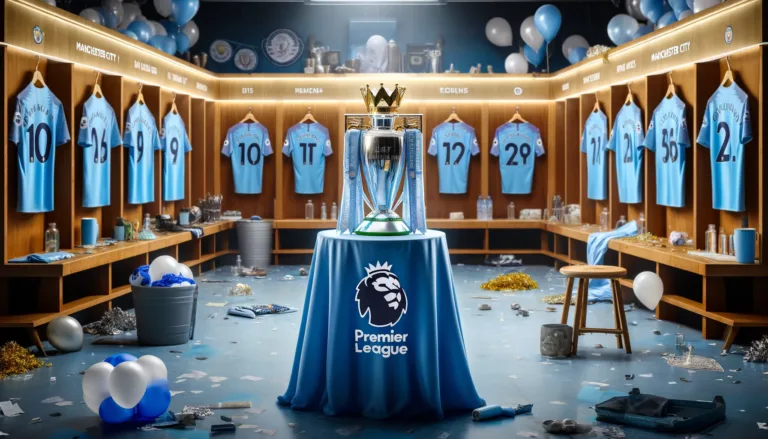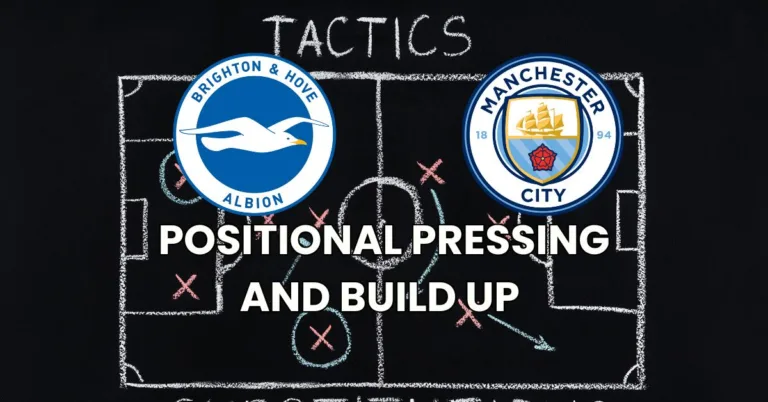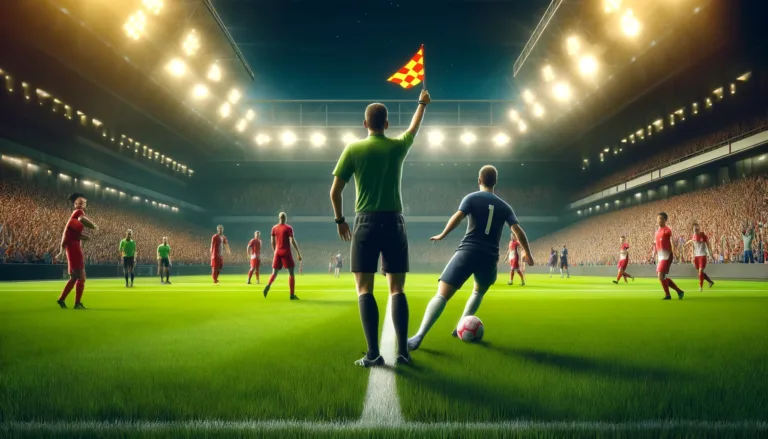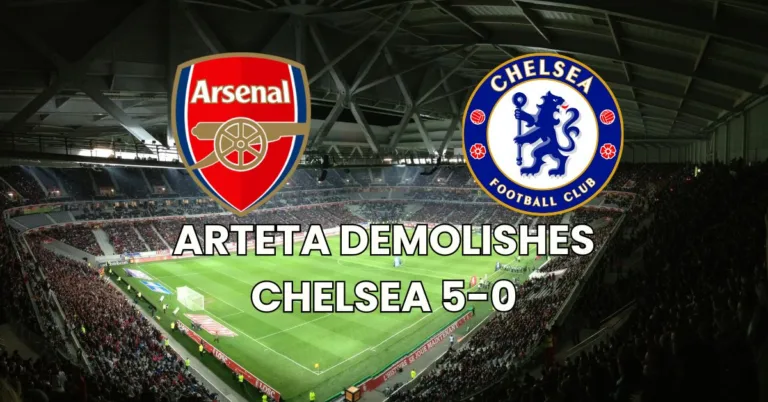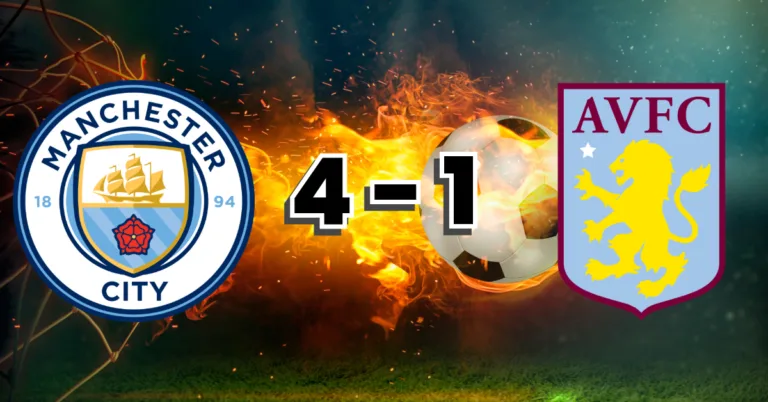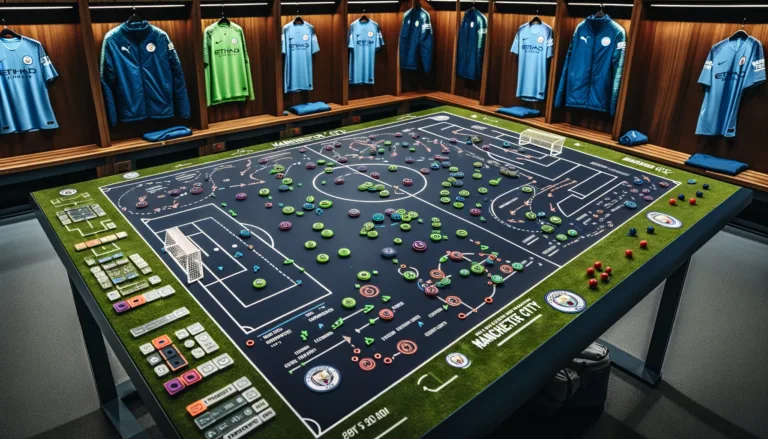Liverpool – Manchester United: Controlled Chaos at Old Trafford in the FA Cup!
Manchester United halted Liverpool’s impressive run in the FA Cup, marking Jurgen Klopp’s final season as the head coach. Despite a defense that left much to be desired on Manchester United’s part – a problem with which the team’s fans are probably already familiar – Erik ten Hag managed to secure the victory, skillfully exploiting the weaknesses of the “Reds”.
Although this FA Cup defeat is a disappointment for Liverpool, it’s worth noting that Jurgen Klopp has managed to win the English League Cup this season and continues to lead in the Premier League, with every chance of finishing in first place. Furthermore, under Klopp’s leadership, Liverpool stands a great chance to win the Europa League trophy. This could mean a very good end to Klopp’s tenure at Liverpool.
Starting Lineups
Liverpool opts for a 4-3-3 formation, against a 4-2-3-1 chosen by Ten Hag.
Liverpool’s lineup is missing Trent Alexander-Arnold, with Joe Gomez playing in his position, while Jarell Quansah is designated to play as a central defender alongside Virgil van Dijk. This change in defense represents a possible vulnerability for the visitors; Joe Gomez will try to move towards the center of the field, leaving Quansah to cover the open space. This rotation has the potential to be less solid than the one between Van Dijk and Andy Robertson, both of whom are very experienced players.
On the other hand, a notable aspect of the match is the return of Aaron Wan-Bissaka, marking his first appearance since the injury suffered in January. Wan-Bissaka, who usually plays as a right-back, is given a new major responsibility in this match: covering the left flank of the field.
This tactical decision by Ten Hag is intended to counter Mohamed Salah, who comes off a notable performance in the Europa League, where he scored a goal and provided three assists. The reason for choosing Wan-Bissaka for this position is simple: Wan-Bissaka stands out for his defensive abilities in one-on-one duels more than for his technical qualities with the ball. On the other hand, Diogo Dalot shows superior technical abilities with the ball, compared to his effectiveness in one-on-one defense.
The “Reds” fail to directly exploit the weaknesses in the hosts’ strategy in the first half but manage to take the lead by halftime, scoring two goals. The first goal is due again to the rotation we’ve been talking about, between Quansah and Joe Gomez. Quansah receives a lateral pass from Van Dijk, and Joe Gomez pulls back to give him space to advance. He penetrates through the right corner of the box, finds Darwin Núñez in the center, who passes to MacAllister. He shoots powerfully and is also aided by a deflection off Mainoo’s foot to deceive Onana and score.
A few minutes later, MacAllister and Salah manage to corner Wan-Bissaka. Bruno Fernandes drops back to help and receives the ball, but Joe Gomez appears and dispossesses him decisively. His cross is deflected, but reaches Luis Díaz. Again, the hosts’ defense crowds the center of the box, leaving Núñez free. He has time to receive the ball and shoot. Onana manages to save, but Salah takes advantage of the situation and scores.



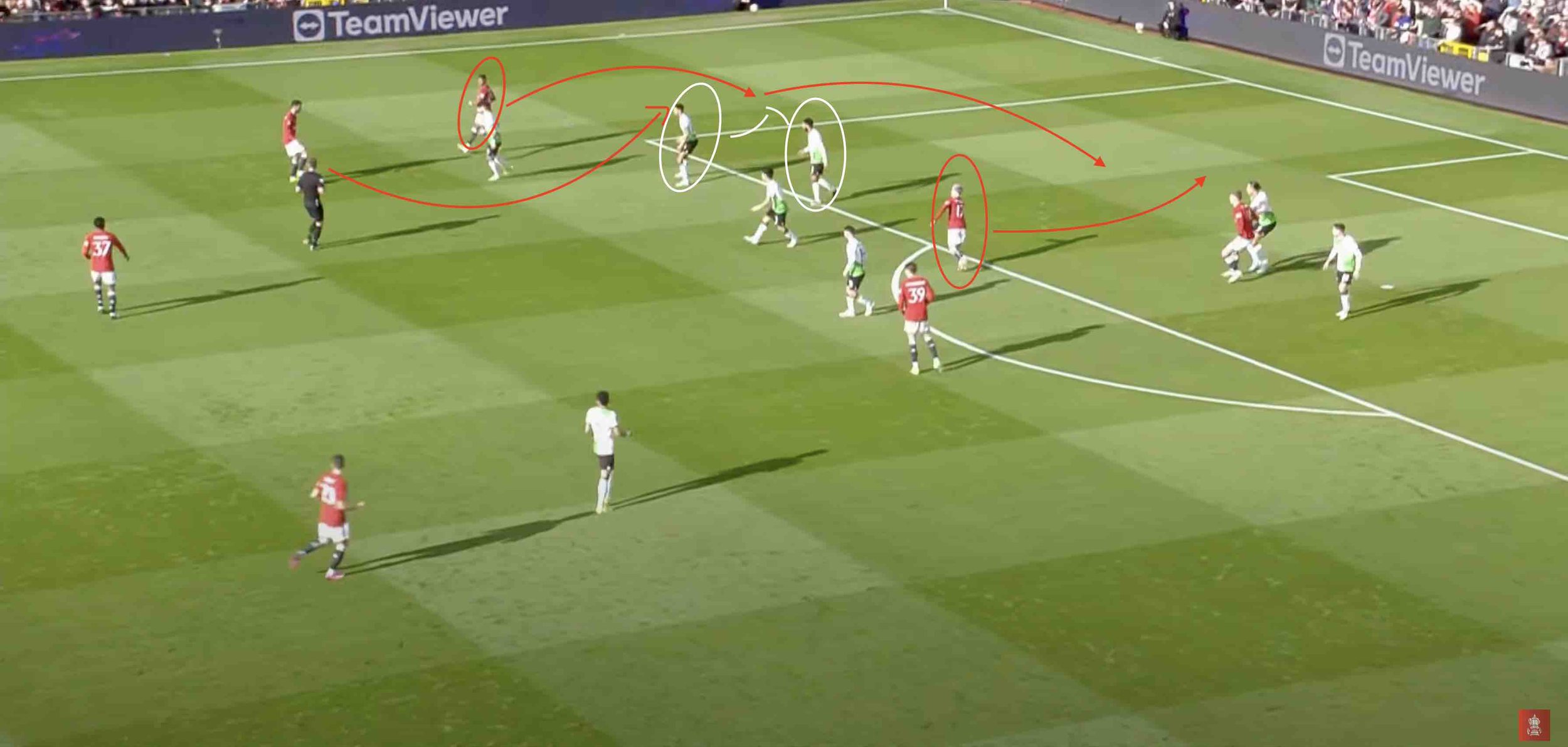 Garnacho manages to slip behind Quansah and exploit the created vulnerability.
Garnacho manages to slip behind Quansah and exploit the created vulnerability.
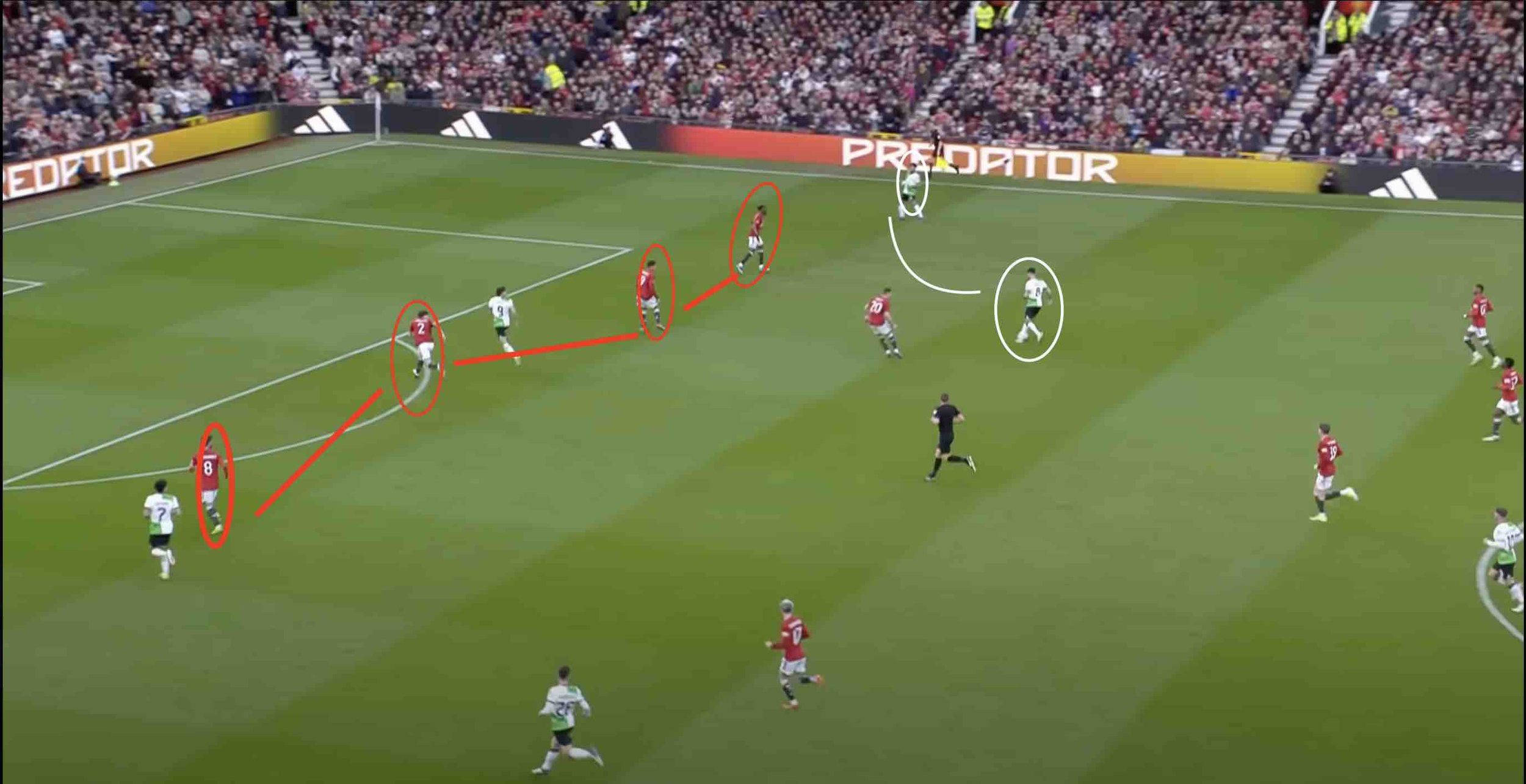
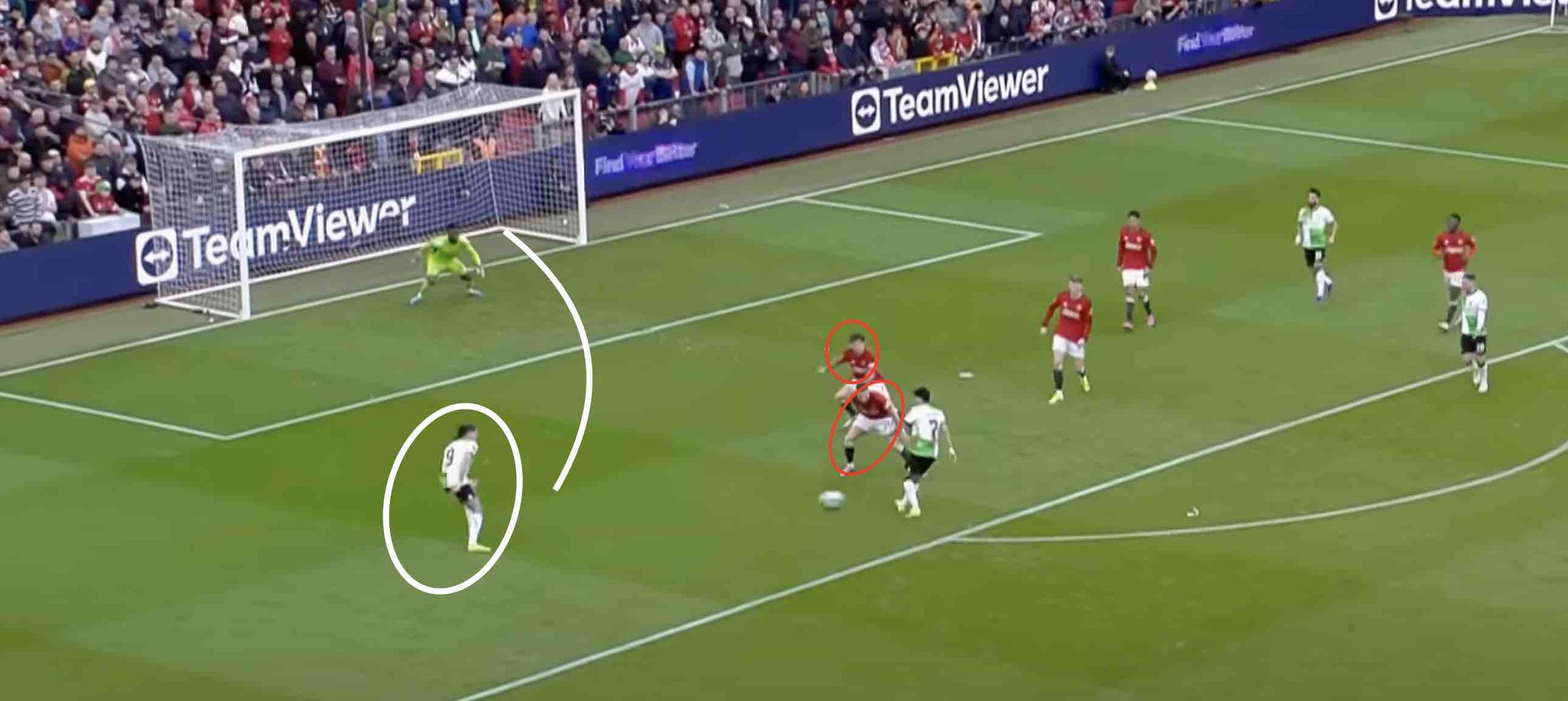 Núñez is left unmarked on the right side of the box and has enough time to set up the ball for a shot.
Núñez is left unmarked on the right side of the box and has enough time to set up the ball for a shot. The average position of Erik ten Hag’s players. We cannot recognize any known formation or any order in these positions.
The average position of Erik ten Hag’s players. We cannot recognize any known formation or any order in these positions.